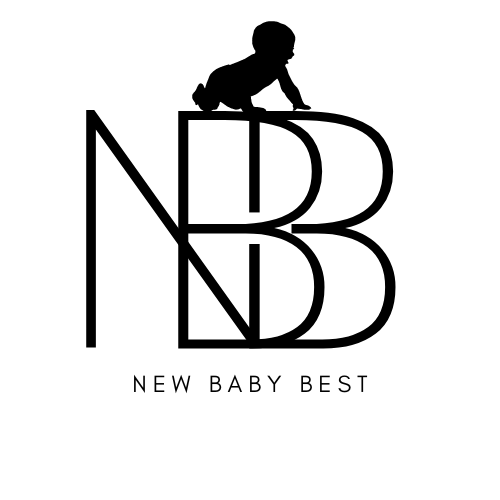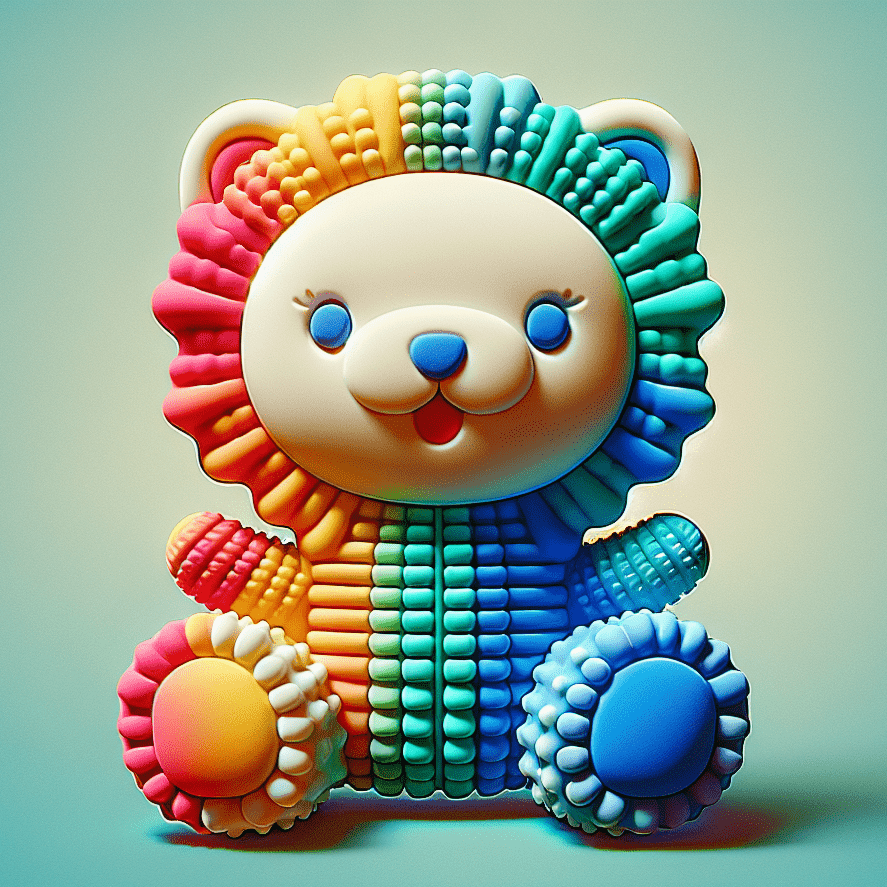Choosing the right teething toy for your baby can be a daunting task, but it doesn’t have to be. With so many options out there, it’s important to find one that is not only safe and effective, but also appealing to your little one. In this article, we will explore some key factors to consider when selecting a teething toy for your baby, helping you make an informed decision that will bring relief to those achy gums and put a smile back on your baby’s face.
Safety
When it comes to choosing a teething toy for your baby, safety should be your top priority. You want to ensure that the toy is free from any harmful substances. Look for teething toys that are labeled as BPA-free, as BPA (Bisphenol A) is a chemical that can be harmful to infants. Additionally, make sure that the materials used in the toy are non-toxic. Your baby will likely put the toy in their mouth, so it’s essential that it is made from safe materials. Furthermore, check if the toy has any small parts that could pose a choking hazard. It’s crucial to choose a teething toy with a seamless design to prevent any accidental ingestion of small parts.
Age appropriateness
Teething can start as early as three months, so it’s essential to choose a teething toy that is suitable for your baby’s age. Look for toys that are specifically designed for 3-12 months olds. These toys are crafted to aid infants in their early stages of teething and cater to their specific needs. Different textures are often included in teething toys to help soothe different stages of teething. Soft and flexible textures are suitable for early teething, providing gentle relief to sore gums. As your baby’s teeth begin to emerge, they may require something harder to alleviate their discomfort.
Material
Teething toys come in various materials, and each has its advantages. Silicone is a popular choice for teething toys due to its soft and flexible nature. It provides a gentle experience for your baby’s teething journey. Rubber is another material commonly used for teething toys as it offers a chewy and resilient texture. Wooden teething toys are also an option, as they are natural and often untreated with chemicals. These toys provide a firm texture for teething infants. Lastly, cloth teething toys are soft and gentle on your baby’s gums, providing a different tactile experience.
Texture
In addition to the material, the texture of the teething toy plays a crucial role in soothing your baby’s gums. Teething toys with ribbed textures can provide gentle stimulation and relief. Bumpy textures offer a massaging effect on your baby’s gums. Nubby textures can offer a variety of sensory experiences, stimulating different parts of your baby’s mouth. For those seeking a smoother texture, there are teething toys available with a smooth surface. Consider your baby’s preferences and try different textures to find what works best for them.
Size and shape
Teething toys should be easy for your baby to hold and maneuver. Look for toys that have been designed to be easily grasped by little hands. Various shapes and sizes are available to cater to your baby’s preferences. Some teething toys have an ergonomic design, fitting comfortably in your baby’s hand. The size and shape of the teething toy should allow your baby to explore it and find relief in the areas they need it most.
Ease of cleaning
Teething toys often end up in your baby’s mouth, so it’s crucial that they can be easily cleaned. Look for toys that are dishwasher safe, as this allows for a thorough and convenient cleaning process. If the toy cannot be placed in the dishwasher, ensure that it can be easily cleaned with warm water and mild soap. Cloth teething toys should be machine washable to maintain hygiene and cleanliness.
Durability
Teething toys should be durable to withstand your baby’s enthusiastic chewing. High-quality materials are essential to ensure the longevity of the toy. Look for teething toys made from sturdy materials that are resistant to wear and tear. A well-constructed teething toy will be able to withstand the rigors of your baby’s teething phase.
Engaging features
Teething toys can provide not only relief for your baby’s sore gums but also engage their senses. Colorful teething toys can capture your baby’s attention and provide visual stimulation. Different textures incorporated into the toy can offer a variety of tactile experiences, stimulating your baby’s sense of touch. Some teething toys come with additional features, such as rattles or squeakers, which can provide auditory stimulation. Multiple sensory experiences can help keep your baby engaged and entertained.
Recommendations and reviews
Before making a final decision, it’s always wise to read reviews from other parents who have used the teething toy you are considering. Their experiences and insights can give you a better understanding of how effective and safe the toy is. Additionally, you can ask for recommendations from pediatricians or other parents who have gone through the teething phase with their babies. Hearing firsthand experiences can provide valuable guidance in choosing the right teething toy for your little one.
Personal preference
Every baby is unique, and their preferences may differ when it comes to teething toys. It’s essential to consider your baby’s individual needs and preferences when selecting a teething toy. Since babies cannot communicate their preferences verbally, it may be necessary to test out a few different toys to see what resonates with your baby the most. Pay close attention to their reactions and how they interact with different toys. Ultimately, allowing your baby to explore and determine their preference will ensure they have a teething toy that provides maximum relief and comfort.
In conclusion, choosing a teething toy for your baby involves considering various factors. Safety should be the utmost concern, with BPA-free and non-toxic materials being key. The age appropriateness of the toy, different textures for different stages of teething, and the material used are all important considerations. The size, shape, and ease of cleaning, along with the durability of the toy, should also be taken into account. Engaging features and recommendations from other parents or pediatricians can provide additional guidance. Ultimately, it’s important to factor in your baby’s personal preference by allowing them to explore and enjoy different teething toys. With these considerations in mind, you can choose a teething toy that brings relief and comfort to your little one during this developmental milestone.

